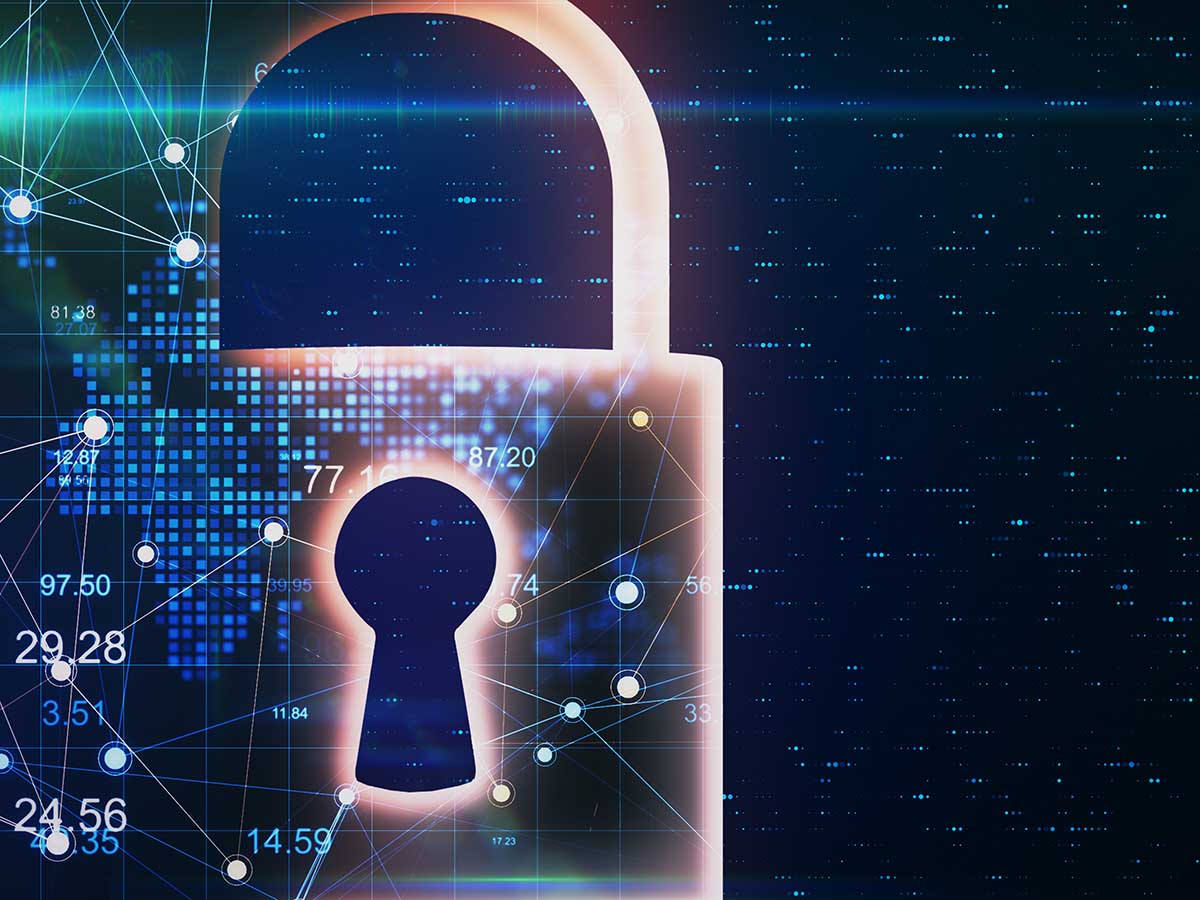The Digital Signature Algorithm, or DSA, is a method used to validate the authenticity and integrity of a digital message, document, or software. It involves creating a signature by encrypting data with a private key, which can later be decrypted with a public key by the receiver. This assures that the document was not tampered with during transmission, and verifies the sender’s identity.
Digital Signature Algorithm (DSA) Examples
1. Email Verification
In today’s digital age, email is one of the most common means of communication, especially in professional settings. It is also a target for phishing scams and other cyber-attacks, so ensuring security and credibility is crucial. This is where the Digital Signature Algorithm (DSA) comes in.

Stay One Step Ahead of Cyber Threats
When sending an email, a user can deploy DSA to digitally sign their message. This process involves generating a unique signature through encryption, using the sender’s private key. The generated signature is then attached to the email before it’s sent.
Upon receiving the email, the recipient will notice this digital signature. To ensure that the email is indeed from the claimed sender and hasn’t been tampered with in transit, they can use the sender’s public key to decrypt the signature. If the decryption process is successful, it confirms the sender’s identity and the authenticity of the mail content, thus ensuring the security and integrity of email communication.
2. Software Distribution
The internet has made it extremely convenient for software developers to distribute their applications to users globally. However, this also opens up possibilities for malicious activity, where harmful codes or malware can be added to original software and distributed as genuine. Here, DSA plays a vital role.
A software developer can apply the Digital Signature Algorithm to their software before online distribution. The developer uses their private key to create a special signature which is unique to their software. This signature is attached to the software before it’s released online.
When a user downloads the software, they can extract and analyze the attached signature with the developer’s public key, readily available online. If the decryption process is successful, it ensures that the software indeed belongs to the purported developer and not been altered after it was signed. This assures the user of the source and integrity of the software, enhancing their faith in the product and protecting them from potential harm.
3. Document Validation
Transmitting sensitive documents online can be a tricky affair due to the possibility of interception and alteration during transit. It’s vital that the original contents remain unaltered and the sender’s identity stays credible. The Digital Signature Algorithm (DSA) offers a solution to these challenges.
Before sending off such sensitive documents, a user can apply DSA to create a digital signature using their private key. This signature, unique to the document and the sender, is attached to the document. This way, the user sends not just the document but the attached digital signature as well.
For the recipient, the presence of a digital signature offers reassurance of the document’s origin and integrity. They can decrypt the attached signature with the sender’s public key. Successful decryption ensures that the said document did originate from the claimed sender and wasn’t tampered with during transit. In this digital era, DSA thus plays a key role in ensuring the integrity and authenticity of sensitive information sent online.
Conclusion
In a digitized world where data integrity and authenticity are paramount, the Digital Signature Algorithm (DSA) proves to be a robust security solution. Whether ensuring the credibility of emails, validating distributed software, or maintaining the integrity of sensitive documents, DSA enables users to verify the origin and unaltered status of digital information, enhancing trust and security.
Key Takeaways
- DSA is a crucial tool for assuring the integrity and authenticity of digital data, vital in today’s interconnected world.
- With DSA, users can digitally sign their email, helping to verify their identity and confirm that the content was not modified during transit.
- Software developers use DSA to verify the authenticity of their distributed software, assuring users that the downloaded product is genuine and free from malicious alterations.
- When transmitting sensitive documents, DSA helps confirm the document is coming from a verified source and hasn’t been tampered with in the process.
- Application of DSA aids in the overall security of digital communication, establishing trust and transparency between sender and receiver.
Related Questions
1. What is a digital signature and how is it used in DSA?
A digital signature is a mathematical scheme for demonstrating the authenticity of digital messages or documents. In DSA, a digital signature is produced using the sender’s private key and is verified by the recipient using the corresponding public key.
2. Is DSA only for documents and email security?
No, the application of DSA is not limited to documents and emails. It’s also used for software and data distribution to confirm the credibility of the source and verify that content hasn’t been altered.
3. What does DSA do to ensure email and document security?
DSA generates a unique signature for the email or document using the sender’s private key. The recipient can then confirm the sender’s identity and the content’s credibility by validating this signature using the sender’s public key.
4. Can DSA be used to enhance software distribution security?
Yes, software developers can use DSA to attach a unique digital signature to their software, which users can validate, ensuring that the software originates from the stated source and hasn’t been tampered with.
5. Can DSA prevent cyber attacks like phishing?
While DSA itself can’t prevent phishing attacks, it can help to verify the authenticity of emails, documents, or software, adding an extra layer of security and making it harder for phishing attempts to succeed.
"Amateurs hack systems, professionals hack people."
-- Bruce Schneier, a renown computer security professional






